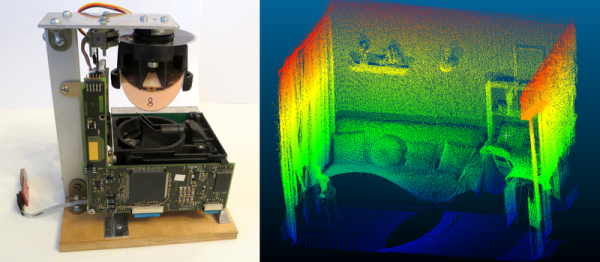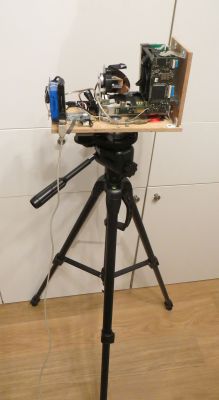We’re used to the relationship between the commercial software companies from whom we’ve bought whichever of the programs we use on our computers, and ourselves as end users. We pay them money, and they give us a licence to use the software. We then go away and do our work on it, create our Microsoft Word documents or whatever, and those are our work, to do whatever we want with.
There are plenty of arguments against this arrangement from the world of free software, indeed many of us choose to heed them and run open source alternatives to the paid-for packages or operating systems. But for the majority of individuals and organisations the commercial model is how they consume software. Pay for the product, use it for whatever you want.
What might happen were that commercial model to change? For instance, if the output of your commercial software retained some ownership on the part of the developer, so for example maybe a word processor company could legally prevent you opening a document in anything but their word processor or viewer. It sounds rather unreasonable, and maybe even far-fetched, but there is an interesting case in California’s Ninth Circuit court that could make that a possibility. Continue reading “Will Your CAD Software Company Own Your Files, Too?”



















